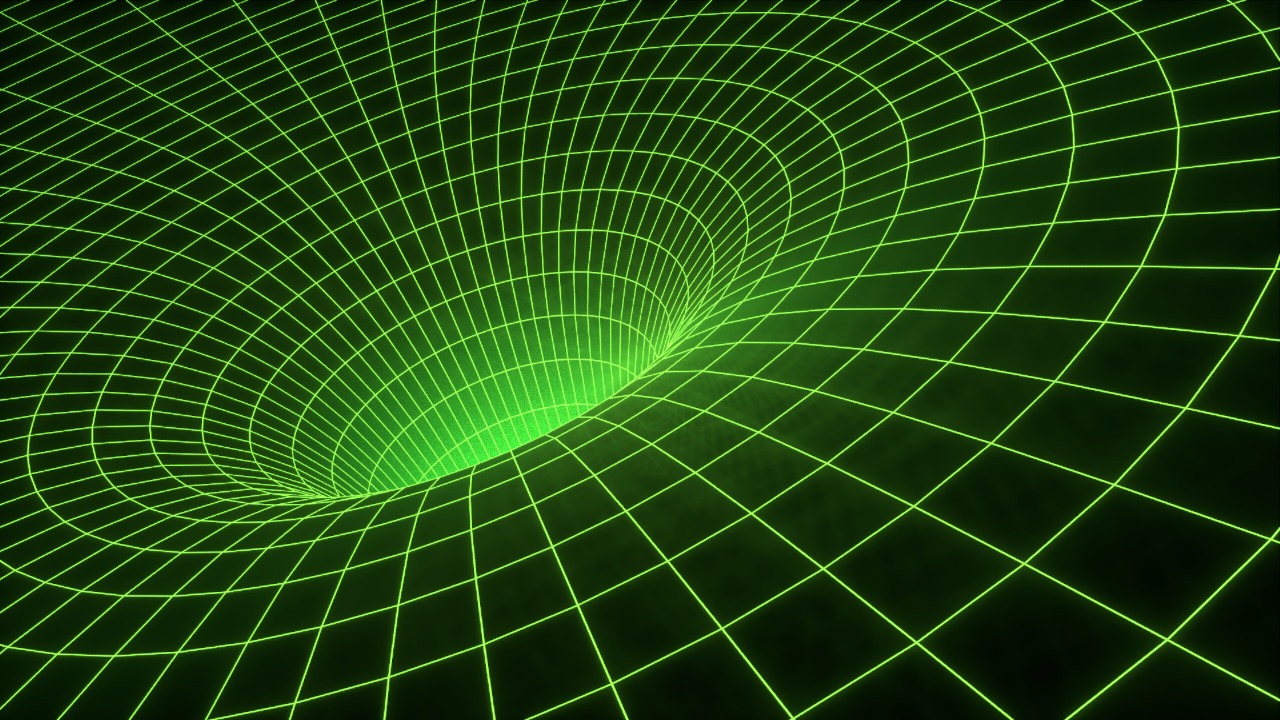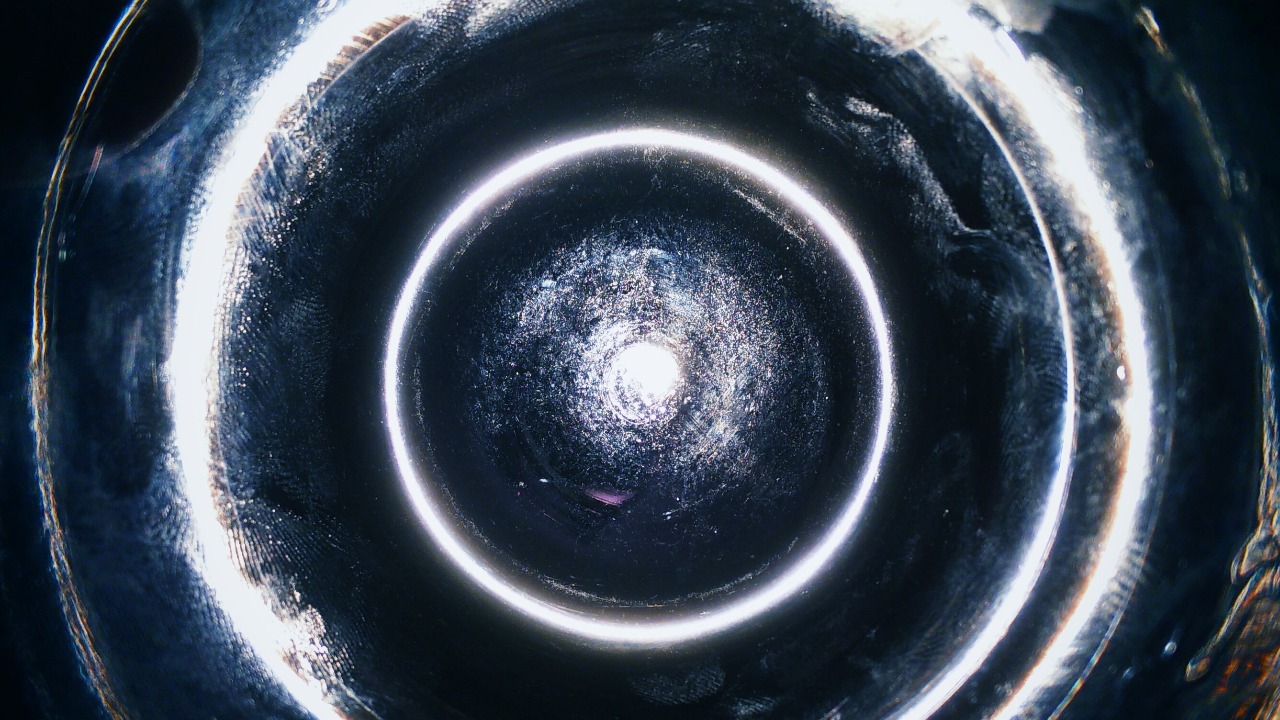
Recent breakthroughs in quantum physics have led scientists to uncover intriguing phenomena within the vast cosmos of data, suggesting the presence of “wormhole echoes.” These findings hint at the possibility of traversable paths through spacetime, previously relegated to the realm of science fiction. These discoveries hold significant implications for our understanding of the universe, pushing the boundaries of what we know about the fundamental nature of reality.
The Quantum-Wormhole Connection

Quantum entanglement, often described as “spooky action at a distance,” is a fundamental aspect of quantum mechanics where particles become interconnected such that the state of one instantly influences the state of another, regardless of distance. This phenomenon plays a crucial role in theories suggesting that wormholes, theoretical passages through spacetime, might be reflected in quantum data. The idea is that entangled particles could create a bridge of sorts, allowing information—or even matter—to travel instantly between them.
Recent studies have begun to explore this fascinating intersection of quantum mechanics and gravitational theory. Theoretical physicists have proposed models where wormholes are represented as quantum entanglements on a massive scale. These models suggest that the “echoes” observed in quantum data could be the result of these wormhole structures, offering a tantalizing glimpse into the possibility of their existence. As researchers study data from experiments and simulations, the evidence supporting the quantum-wormhole hypothesis continues to grow, potentially revolutionizing our understanding of the universe.
Simulating Wormholes in Quantum Systems

In recent years, scientists have made significant strides in simulating wormhole-like behavior using quantum computers. These sophisticated machines, leveraging the principles of quantum mechanics, have allowed researchers to create controlled environments where the peculiarities of quantum systems can be observed. Experiments conducted by teams at institutions such as MIT have used entangled qubits to simulate wormhole dynamics, offering insights into how these theoretical constructs might behave in the real world.
The methodologies employed in these experiments typically involve creating specific conditions where quantum entanglement can mimic the properties of a wormhole. This includes manipulating qubits—quantum bits that can exist in multiple states simultaneously—so that they exhibit behaviors predicted by wormhole theories. The results have been promising, with observations aligning closely with theoretical predictions, suggesting that these simulations could be a stepping stone toward more profound discoveries in the realm of quantum mechanics and general relativity.
Potential Implications for Physics and Technology

The discovery of wormhole echoes in quantum data could fundamentally alter our understanding of spacetime. If proven, these phenomena might confirm the existence of traversable wormholes, providing new insights into the structure of the cosmos. Such a breakthrough would not only validate long-standing theories in physics but also open up new avenues for exploration and experimentation in the field.
Beyond theoretical implications, the practical applications of wormhole research could be vast. For instance, advancements in quantum computing and communication could lead to unprecedented technological developments, enabling faster and more secure data transmission. However, these advancements come with potential risks, as manipulating quantum wormholes could pose existential threats if not carefully controlled and understood.
Challenges and Controversies

Despite the excitement surrounding these discoveries, there remains a level of skepticism within the scientific community. Some physicists question whether the observed echoes truly indicate the presence of wormholes or if they might be artifacts of the experimental setup. The technical challenges in accurately detecting and interpreting quantum data are significant, requiring precise instrumentation and methodologies to ensure reliable results.
Furthermore, the ethical considerations of such research cannot be ignored. The potential for manipulating quantum wormholes raises questions about the consequences of such actions, both intended and unintended. As the field progresses, the scientific community must navigate these challenges carefully, balancing the pursuit of knowledge with the responsibility to consider the broader implications of their work.
Future Directions in Quantum Research

As the study of wormhole phenomena continues to evolve, emerging technologies and methodologies will play a vital role in advancing our understanding. Quantum computers are expected to become even more powerful, offering new opportunities to simulate and analyze complex systems. Additionally, international collaboration among scientists will be crucial in pooling resources and expertise to tackle the intricate challenges presented by this field of research.
Speculation abounds about how these discoveries might shape the future of cosmology and physics. With each breakthrough, we move closer to a more comprehensive understanding of the universe, potentially unlocking secrets that have eluded humanity for centuries. As researchers forge ahead, the intersection of quantum mechanics and gravitational theory promises to remain a rich and intriguing domain for scientific exploration.